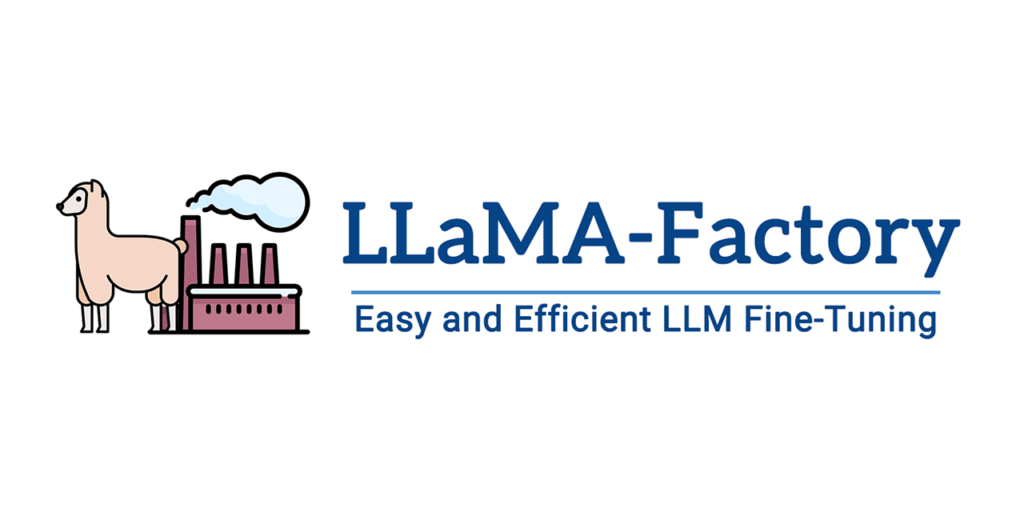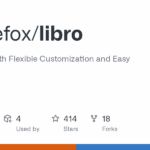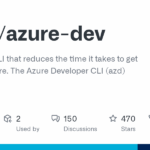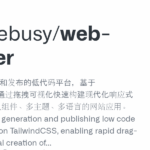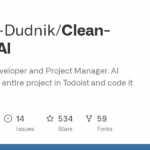LLaMA Factory
Basic Information
LLaMA-Factory is an open source framework for researchers and engineers to fine-tune, train, evaluate and deploy large language and vision-language models. The project unifies many training modes (pre-training, supervised fine-tuning, reward modeling, PPO, DPO, KTO, ORPO and other preference/RL approaches) and supports over a hundred model families and sizes. It provides zero-code and scriptable workflows via a CLI and an all-in-one Web UI (LLaMA Board) so users can run LoRA/QLoRA/freeze/full tuning and export merged models. The README documents supported models, datasets, hardware and backend options including CUDA, ROCm and Ascend NPU, and shows quickstart commands, examples and Docker images. The repo also integrates experiment logging and inference backends to simplify moving from training to an OpenAI-style API deployment.

